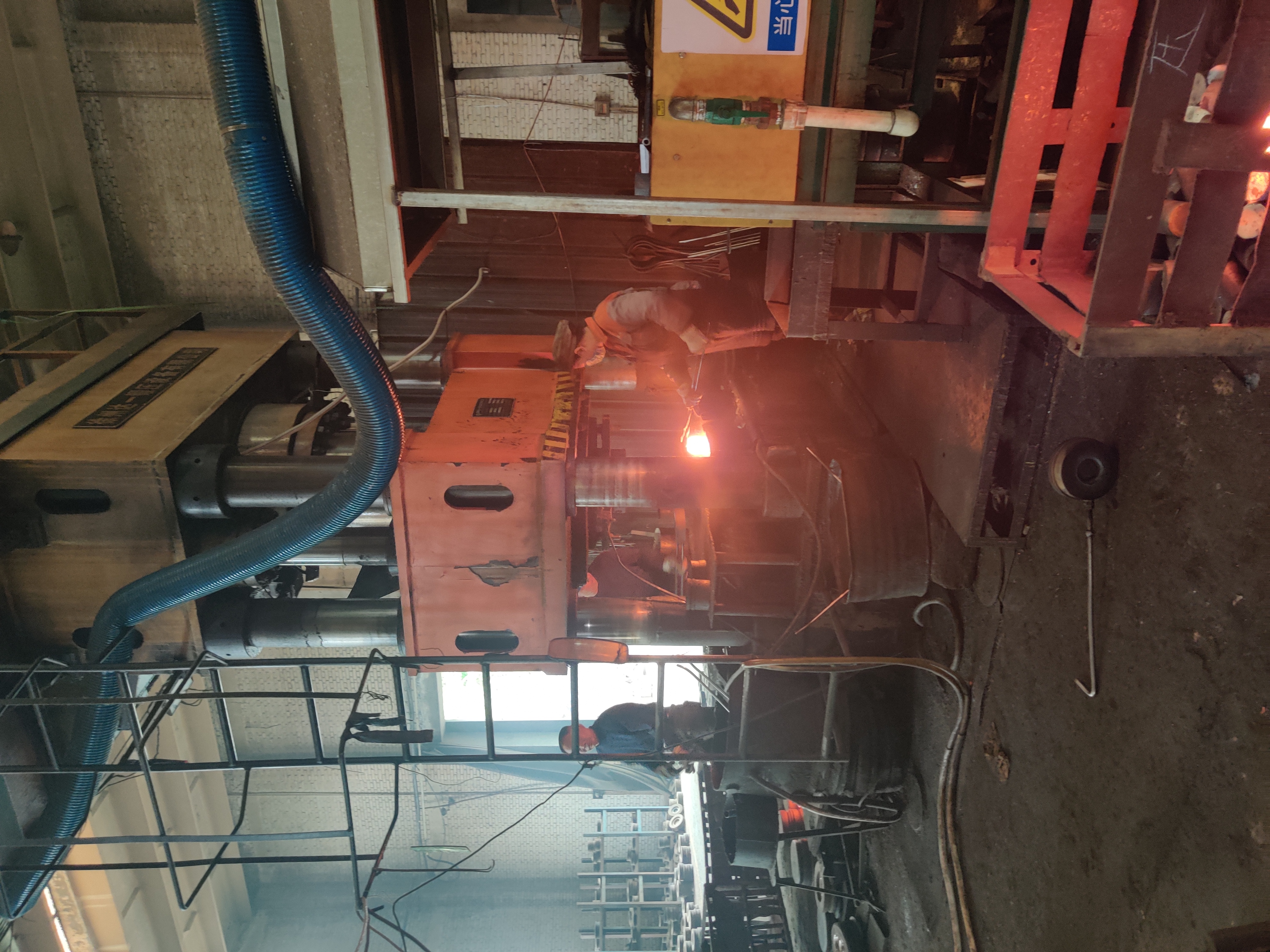1. Castability (castability)
Refers to the performance of metal materials that can obtain qualified castings by casting methods. Castability mainly includes fluidity, shrinkage and segregation. Fluidity refers to the ability of liquid metal to fill the mold, shrinkage refers to the degree of volume shrinkage of the casting when it solidifies, and segregation refers to the inhomogeneity of the chemical composition and structure of the metal due to the difference in crystallization during the cooling and solidification process.
2. Malleability
Refers to the performance of metal materials that can change shape without cracks during press processing. It includes the ability to hammer forge, roll, draw, extrude, hot or cold. The quality of forgeability is mainly related to the chemical composition of metal materials.
3. Machinability (machinability/machinability)
Refers to the difficulty of metal materials becoming qualified workpieces after being cut by tools. The machinability is often measured by the surface roughness of the processed workpiece, the allowable cutting speed and the degree of tool wear. It is related to many factors such as the chemical composition, mechanical properties, thermal conductivity and work hardening degree of metal materials. Usually hardness and toughness are used to roughly judge the machinability. Generally speaking, the higher the hardness of the metal material, the more difficult it is to cut. Although the hardness is not high, but the toughness is high, the cutting is also more difficult.
Post time: Apr-20-2023











